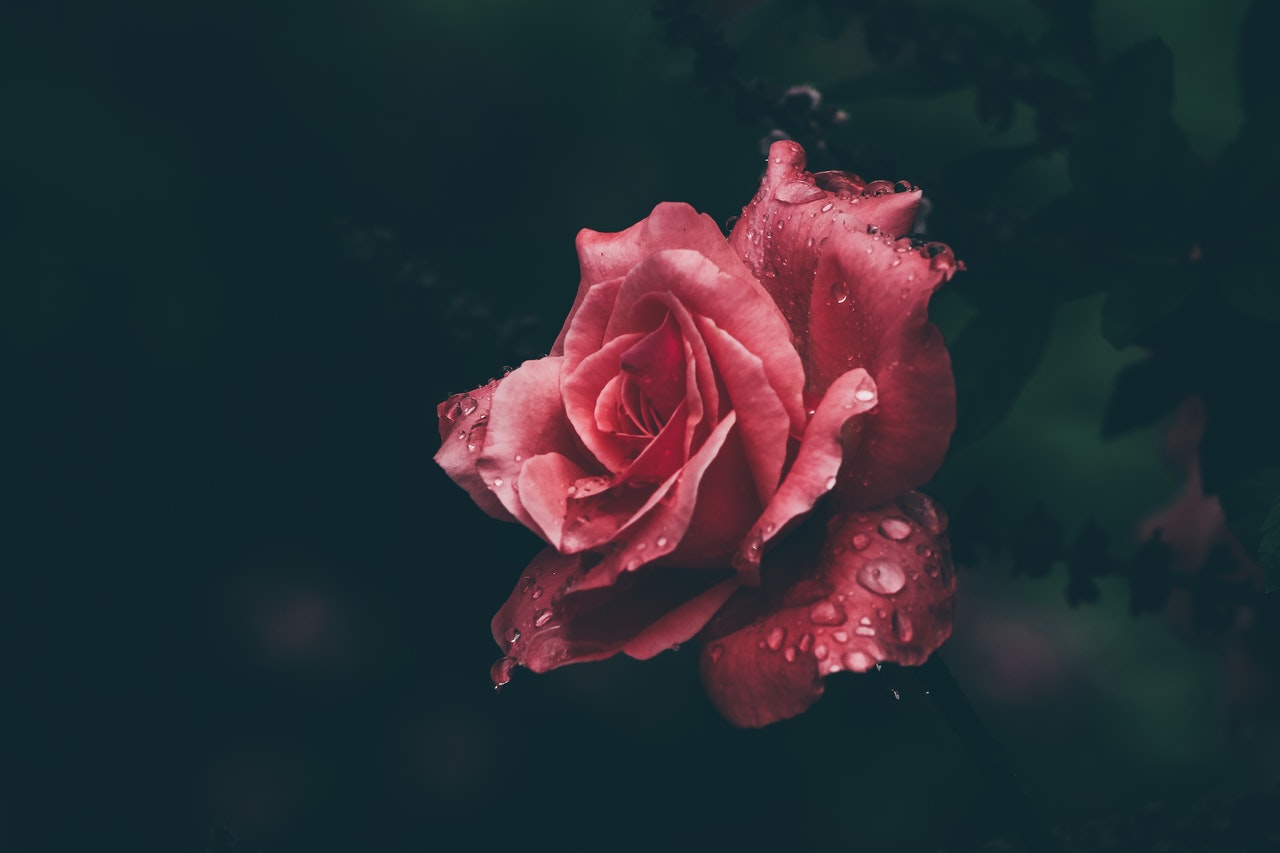The majestic Buddhist temple of Borobudur, an hour’s drive from Indonesia’s cultural capital Yogyakarta, features highly on many people’s bucket lists. (It’s a nice way to one-up people bragging about having been to Angkor Wat.) Truth be told, though, the site is now often overrun by tourists and, with the uppermost levels currently off limits after last year’s eruption of nearby Mount Merapi, making it the focal point of your visit could leave you disappointed. Fortunately, it’s easy to get your culture fix in bustling Yogyakarta itself, to venture out to smaller and more intimate temples in the surrounding countryside, or to just kick back in one of an increasing number of luxury retreats.
Beyond Batik
Yogyakarta has long been the heart of Javanese culture. Art Curator Leonor Veiga, a recent contributor to Indonesian Eye, picks her favorite art spaces in the city.
The environs of south of Yogya are great for an art tour, especially the area beside the Keraton palace. Cemeti Art House (Rumah Seni Cemeti), which opened in 1988, was the first alternative space that promoted art practices on a wider international platform. Founded by the artist couple Mella Jaarsma and Nindityo Adipurnomo, it now acts as a liaison between Indonesia and the rest of the art world: Curators, researchers and artists can apply for residencies; and it’s where major and groundbreaking names—including FX Harsono, Heri Dono and Jompet—displayed their work.
Jl. D.I. Panjaitan 41, +62 (0) 274 371-015, www.cemetiarthouse.com. Open Tue-Sat, 9am-5pm.
From the same generation, artist Agung Kurniawan founded another alternative space in 1999: Kedai Kebun Forum, which explores performance and visual arts. KKF is a great place to learn about the art scene as Agung and his wife Yustina Neni (the Executive Director of Bienniale Jogja) are always there. The Forum also encompasses a nice restaurant offering international cuisine, a gallery that functions twice a year as a shop of artist-made goods, a library and an inviting garden. KKF is walking distance from Cemeti, which makes for an easy lunch or dinner after looking at the shows.
Jl. Tirtodipuran, +62 (0) 274 376-114, www.kedaikebun.com. Open daily except Tue, 11am-11pm.
Last year, the preeminent collector from Magellang, Deddy Irianto, opened a new art space in Yogya: Langgeng Art Foundation. It’s walking distance from Cemeti and KKF. The striking building (which also houses a nice bistro) was designed by renowned Indonesian architect Eko Prawoto. It hosts mainly exhibitions of established artists, with FX Harsono, S Teddy D, Agus Suwage and Filippo Siascia among those who have had shows there to date. More will surely follow.
Jl. Suryodiningratan 37, +62 (0) 274 417-043, www.langgengfoundation.org. Open daily, 11am-7pm.
Sangkring Art Space is located in the famous village of Desa Nitripayan, to the Southwest of Yogya, where many artists have their studios. Rents are cheaper here and it’s set amid inspiring scenery. Opened in 2007, Sangkring is owned by Bapak Putu, who is from Bali. Many Balinese artists study in Yogya because of its role in critical discourse: Bali is still hooked on tradition, since it’s a guardian of the same pre-Islamic culture that founded the temples of Borobudur and Prambanan. This is perhaps the most beautiful space to exhibit in Yogya now, and it plays host to a variety of major events.
Nitiprayan Rt 1 Rw 20 No.88 Ngestiharjo, Kasihan Bantul, +62 (0) 274 381-032, www.sangkringartspace.net. Open Mon-Sat, 11am-8pm.
Biennale Jogja is Indonesia’s preeminent and longest-standing major art show. The 11th edition is themed “The Equator” and is on through Jan 8, 2012. Works from some 40 Indonesian and Indian contemporary artists will be on show, revolving around the three concepts of religiosity, spirituality and belief. The two female curators, Alia Swastika and Suman Gopinath, have a long and distinguished history of work both at home and abroad.
Temple Tour
Bored by Borobudur? Historian and archaeologist Toni Tack has lived and worked in Indonesia for more than 20 years. She shares three of her favorite lesser-known temples around Yogyakarta.
Candi Asu
Discovered by a Dutch archaeologist in the early 20th century, this little Hindu temple is situated far up the slopes of one of Indonesia’s most active volcanoes, Merapi or “Mountain of Fire.” Built in the eighth or ninth century, for some unknown reason it was abandoned before it was ever finished. Asu means “dog” in Javanese, but the villagers say the word is derived from Ngaso, meaning peaceful resting place. You can climb the flight of stairs leading up to what was the main body of the temple, and actually look down into a small pit which would have housed gold, precious stones and other offerings to the underworld. Sadly the boxes have long since disappeared, taken away and sold by thieves!
Candi Ijo
The most remote temple in the area, Candi Ijo is high up on a plateau with a magnificent view looking out over the entire Prambanan plane. I first visited 15 years ago, the road up to the temple was in awful condition, and my car got stuck half way up. The three main temples have since been restored. The workmen told me that during the restoration time they had to call in an old man called “the sniffer” who had an uncanny way of knowing where some of the old stones lie buried underneath the earth. He went around with his face near the earth, like a water diviner, sort of sniffing out the old stones.
Candi Sambisari
Situated about 3km off the main road from Yogya to Solo, on the same road as the more famous Prambanan Temple complex, Candi Sambisari was discovered in 1966 when a farmer ploughing his field accidentally struck against part of the stone base. It’s another little Hindu temple, but one that’s in almost perfect condition. Layers of volcanic ash from Merapi have protected it from the wear and tear of over a thousand years, as if it’s packed in cotton wool. It is still used today as a place of worship for the few Hindus still living in this area, and the surrounding gardens serve as a public park.
**TRAVEL TIP**
Touring the more remote temples around Yogya on your own isn’t easy and few local drivers speak English. Your best bet is to arrange a guided tour, either through your hotel or with an independent guide like Toni Tack.
Where to Stay
With its manic mopeds and busy byways, it’s easy to forget that Yogyakarta was once a royal capital. The best way to stay sane is to splash out on some princely accommodation of your own and consider staying outside of the city altogether.
Amanjiwo
Frankly, spend a night here and Borobudur itself will seem rather underwhelming, such is the contemporary elegance of this luxurious hideaway. It also affords perhaps the best view of the monument, three kilometers distant but perfectly (and deliberately) framed through the entrance way; the design paying homage to traditional Javanese architecture. Each of the 36 suites (there’s nothing so modest as a “room” here) has its own garden terrace and outdoor bathtub, with some even flaunting private pools. Tucked discreetly away on a hillside an hour from Yogya, with ricefields spilling away from the huge infinity pool, and on-site lectures and fine dining, it’s the kind of place you really won’t want to leave. You should though, and not necessarily for the more obvious destinations (although staff will assist with tailored tours, as well as in setting up breakfast or sundowners in impossibly romantic spots nearby). An early-morning hike up the Menorah Hills immediately behind the resort offers even more dramatic views and, if you’re lucky, close encounters with eagles. Another way to make the most of the stunning location is to cycle or even jog through the nearby villages. Our tip: Go around sunset, when the fields are busy with local children flying homemade kites. The keyword here is discretion: No one hassles you, and you barely see the other guests except at dinner. It ain’t cheap but nothing else comes close.
Rates start at US$700++ ($900++) per night for a Garden Suite, including airport transfers.
Ds. Majaksingi, Borobudur, +62 (0) 293 788-333, www.amanresorts.com
The Phoenix Hotel
Yogya’s version of Raffles, this former estate of the late-Sultan’s kid brother offers history and luxury in equal measure. Just 15-20 minutes’ drive from the Kraton (home of the Sultan himself), the city center bustle is close to hand but easily put out of mind. Onsite amenities are, naturally, expensive by Indo standards, but as a base for easy exploration of Yogya it can’t be beat. Snag a room overlooking the picturesque pool; this is the new section of the hotel and, ironically, the nicest. Word of warning: The hotel attracts its fair share of uppity Euros and their entourage, so don’t be surprised to see (and hear) kids running around.
Rates start at 614,000IDR ($89) per night.
Jl Jenderal Sudirman 9, Yogyakarta, +62 (0) 274 566-617, http://bit.ly/lvBotF
Villa Sumbing
One of the best kept secrets in Java. Tucked away in traditional farm country, this luxurious five room villa is surrounded by gorgeous rice hills and paddies, adjacent to the hauntingly beautiful Mt. Sumbing. The villa was opened just three years ago by a Frenchman and his Indonesian wife as the only tourist lodging for miles around, meaning it offers an exclusive, panoramic view of Javanese culture and scenery. Although the villa is about an hour’s drive from Borobudur, and two hours from Yogya, drivers offer full-day car service for $85 (600,000 IDR), while for just $15 (100,000 IDR), guests can also hike through the surrounding countryside with local, English-speaking tour guides. And with just five rooms and a private pool, the service is personalized and friendly. Although the owners and workers don’t speak much English, it’s still relatively easy to communicate—and if you speak French, you’re in.
Rates start at a bargain 550,000IDR ($80) per night.
Magelang, Borobudur, +62 (0) 293 552-9577, http://villa-sumbing-indah-id.com





